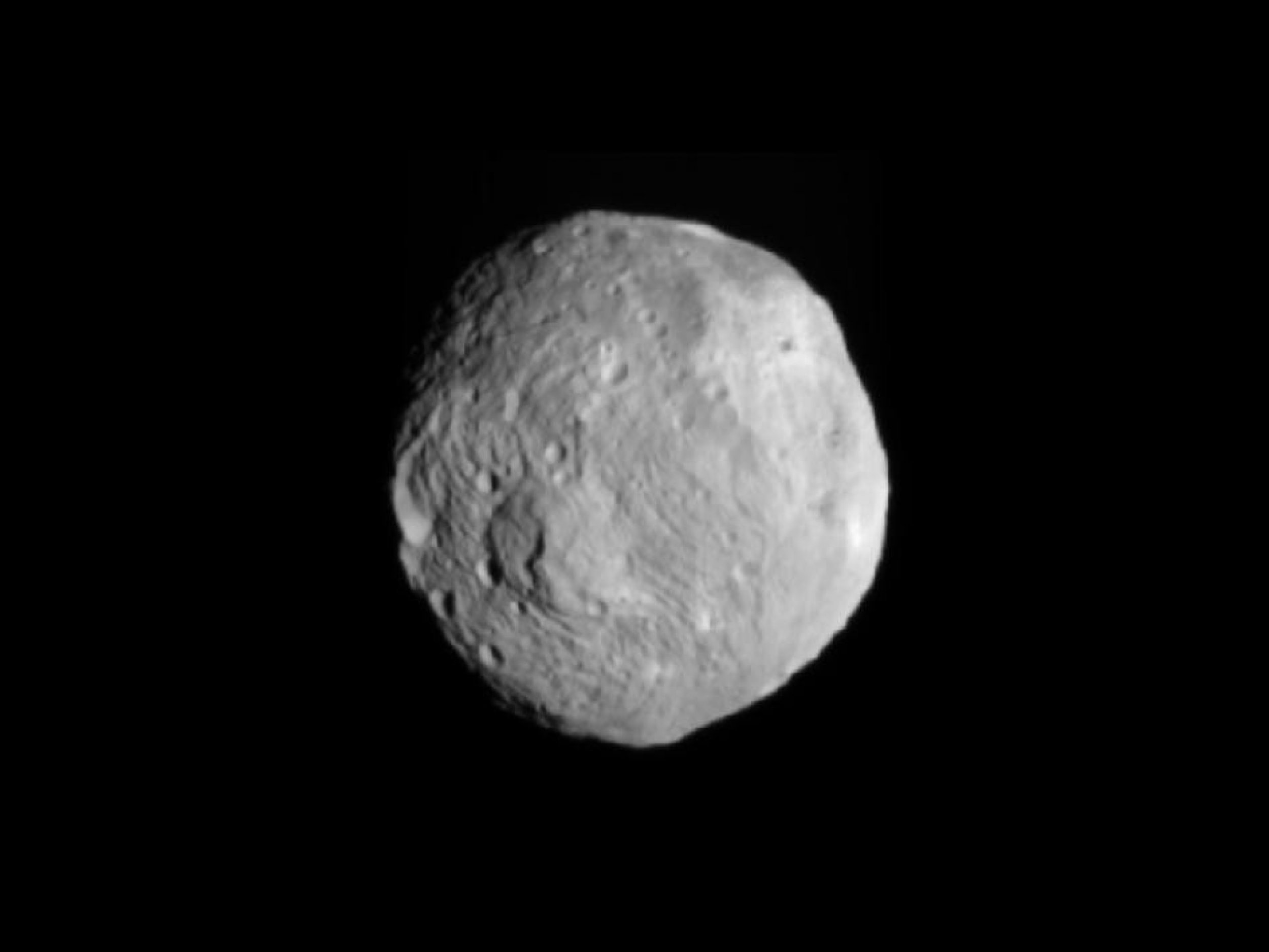NASA Spacecraft Dawn Enters Large Asteroid Vesta's Orbit on Friday (Photos)
NASA's Dawn spacecraft is set to begin a prolonged encounter with the asteroid Vesta on Friday, making the mission the first to enter orbit around a main-belt asteroid.
The main asteroid belt lies between the orbits of Mars and Jupiter. Dawn will study Vesta for one year. It has been expected that the observations of Vesta will be helpful for scientists to understand the early chapters of our solar system's history.
From recent images of Vesta taken from a distance of about 26,000 miles (41,000 kilometers), details of the asteroid are coming into focus as the spacecraft gets closer to it.
Engineers anticipate that the spacecraft will enter the orbit at approximately 10 p.m. PDT Friday, July 15. According to them, a scheduled communication pass will start at approximately 11:30 p.m. PDT on Saturday, July 16, which they expect, will provide the key information.
As per estimations of engineers, when Vesta captures Dawn into its orbit, there will be approximately 9,900 miles (16,000 kilometers) between them, and at that point, the spacecraft and asteroid will be approximately 117 million miles (188 million kilometers) from Earth.
Robert Mase, Dawn project manager at NASA's Jet Propulsion Laboratory in Pasadena, California said, It has taken nearly four years to get to this point. Our latest tests and check-outs show that Dawn is right on target and performing normally.
Unlike other missions, where dramatic propulsive burns put spacecraft into orbit around a planet, Dawn will ease up next to Vesta. Then the asteroid's gravity will capture the spacecraft into orbit. But until the spacecraft gets even closer to Vesta and makes accurate measurements, the asteroid's mass and gravity will only be estimates.
Dawn was launched in September 2007. The spacecraft will depart for its second destination, the dwarf planet Ceres, in July 2012 and will be the first to orbit two bodies in our solar system.
Here are the pictures of Vesta obtained by NASA's Dawn spacecraft:





© Copyright IBTimes 2024. All rights reserved.












